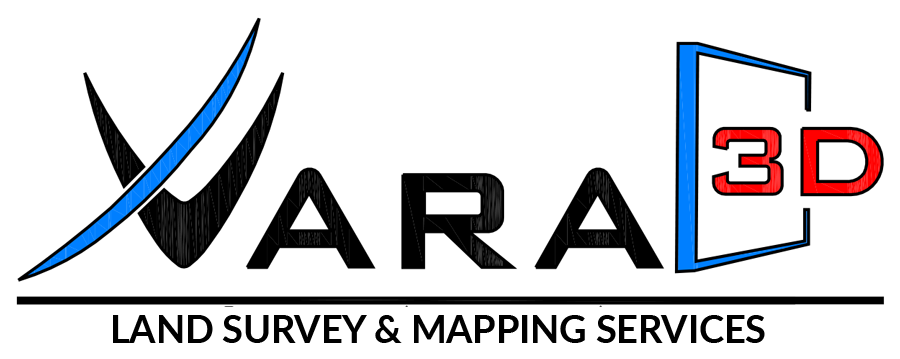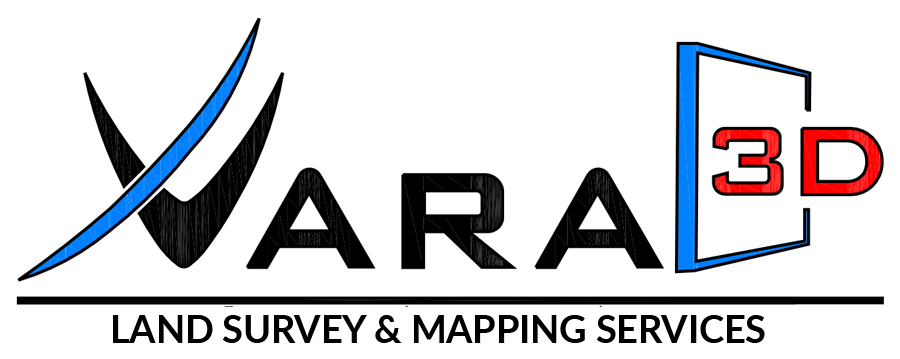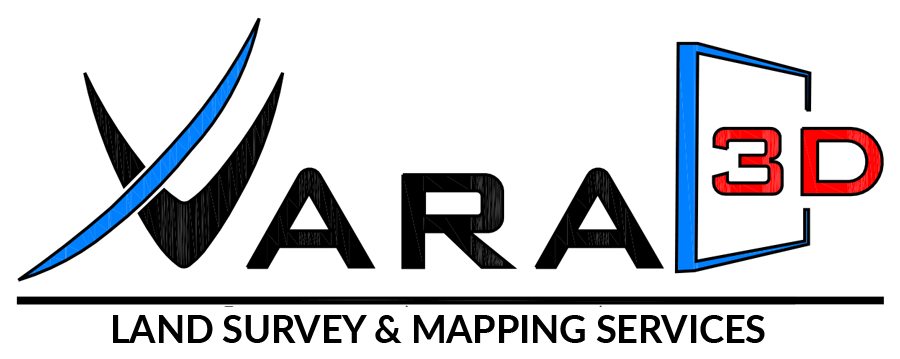Follow Us x
Conflict Resolution For Airport Underground Works
Project: Salt Lake City Airport
Services provided:
2D to 3D Modeling
Clash detections and revision to 3D base model
Updated 2D drawings
The enormous $3 billion dollar, six year rebuilding plan for the Salt Lake City airport involved the underground fuel systems design for the rental car operations. The client was looking for a 3D model of the underground format to avoid any structural conflicts and validate the design before beginning construction. Vara 3D, Inc.'s team was up to the challenge.
PROCESS
The customer provided 2D CAD drawings for the various underground systems of the Salt Lake City airport. The drawings came from several contractors working on different underground airport projects including waterworks, HVAC lines, underground electrical cabling, water supply, and sprinkler systems. The Vara 3D team coordinated closely with each contractor while developing the project's 3D fuel delivery system model. The expert project team georeferenced spots from different drawings and employed Navisworks to create the 3D CAD model. They were able to identify clashes in the fuel systems and adjust elevations in the redesign to prevent costly field rework. The Vara3D team coordinated the entire fuel delivery system design effort.
Because of the soil conditions, stability peers were installed as the redesign was being developed. Vara3D's team had to re-route the fuel lines and other systems in the model in real time during installation of the peers. The work required close collaboration with the project's BIM (Building Information Modeling) contractor.
Once the entire re-design plan was validated in 3D, Vara 3D provided updated 2D drawings for each system. This enabled the contractors to use them for their construction planning.
The entire project was modeled online which was a huge advantage due to the hundreds of workers, fleet of cranes and tons of heavy equipment on site. It didn't require any project member from the Vara3D team to travel to the airport site in person. The project was completed without having to take a physical scan of anything. This eliminated the need for additional scanning equipment, helped avoid delays in the schedule and minimized project costs.
RESULT
The client was able to validate the design with the 3D model before starting any of the construction work. They were able to place orders for the products needed with confidence. The potential re-work of planning and design during the construction phase was avoided and eliminated any negative impact on the project's budget or schedule.
TAGS: 3D CAD, 3D Modeling



